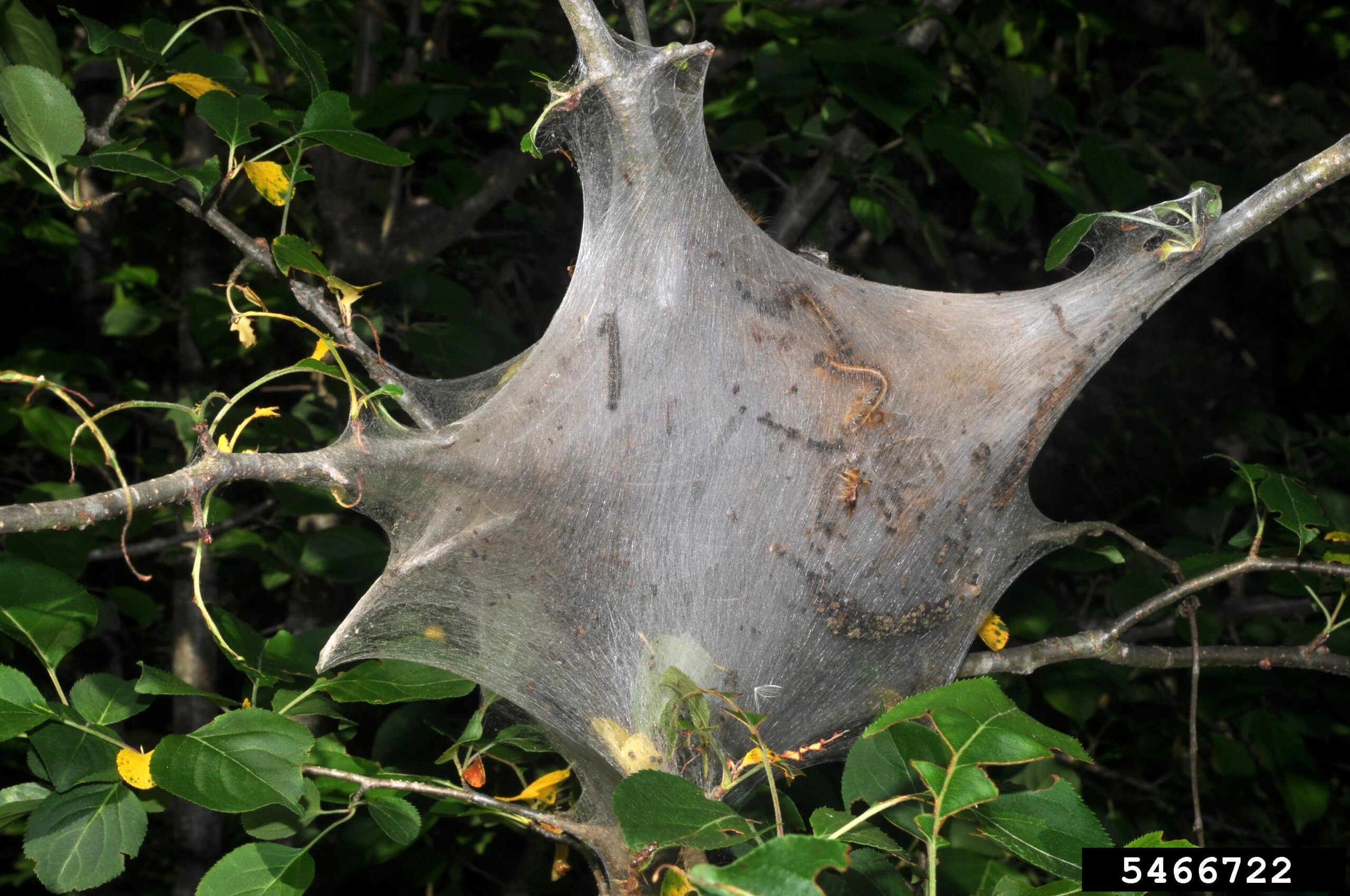By Gary L. Wade
University of Georgia
You don’t have to go far to see alien invaders all along our
highways. Nonnative, invasive pest plants are everywhere in
Georgia. They’re in our forests, pastures and natural areas. And
their population is growing daily.

|
Remember kudzu?
This plant was first introduced to Americans at the 1876
Centennial Exposition in Philadelphia. It was promoted as a
fragrant, flowering vine from Japan.
By the early 1900s, the U.S. Soil Conservation Service began
using the vine to stabilize soil and control erosion. That’s why
you often see the plant along roadsides.
Meanwhile, the U.S. Department of Agriculture encouraged farmers
to plant kudzu for cattle feed, since the forage value equaled
that of alfalfa.
Then it began invading areas where it wasn’t planted and
engulfing everything in its path. Today the plant covers more
than a million acres in the Southeast. By the mid-1900s, the once
cherished vine became a noxious weed, and thoughts turned from
how to grow it to how to get rid of it.
Kudzu can be managed and controlled. Other invaders pose a much
more serious threat to our environment.
Chinese privet (Ligustrum
sinense) is one of the most widespread invaders in the South.
It creates thickets along rivers, smothering native vegetation. A
single plant produces thousands of seeds that are spread by birds
and water.
Chinese privet came from China in 1852 as a flowering shrub for
the landscape. It wasn’t a problem until the mid-1900s, when it
escaped cultivation and invaded our woodlands.
Japanese honeysuckle (Lonicera
japonica) was listed in the 1923 catalog of the William
Prince Nursery in Long Island, N.Y. It was described as “one of
the most prolific climbers in cultivation.”
Unfortunately, it climbed far beyond where it was planted. It
escaped cultivation and made itself at home in our woodlands.
Today, it covers millions of acres throughout the Southeast. It’s
among the worst of the alien invaders.
The vine creeps along the ground, rooting along its stems and
smothering other vegetation in its path. It climbs trees and
wraps their canopies like a cocoon. Wild birds and animals eat
the seeds, which pass through them unscathed to establish new
colonies.
Another Asian invader is mimosa
(Albizia julibrissin). Thomas Jefferson described it in
his journal in 1805 as “one of the most beautiful of all the
flowering trees” on his Monticello estate.
Introduced from Asia in 1745, Mimosa is a dazzling plant in
spring. Its silky pink blooms look like powder puffs on top of
the soft-textured foliage.
But the tree has a serious flaw: it produces an abundance of
pea-like fruit pods, each containing five to 10 fertile seeds.
The seeds remain viable for years. Wildlife and water carry them
to new areas, where they sprout and form new colonies.
Young mimosa seedlings are shade-tolerant and soon crowd out
native vegetation to form dense thickets. Today, Mimosa is among
the most prolific and troublesome of the alien invaders.
While a few imported plants have caused havoc in our woodlands,
not all exotic imports are invasive. In fact, only an estimated 1
percent of all the plants imported into the United States during
the past two centuries have become invasive.
Unfortunately, that 1 percent has caused significant destruction
of natural environments. They have given the other 99 percent a
bad rap.
The Georgia Green Industry Association and the Georgia Exotic
Pest Plant Council are working with the Georgia Department of
Agriculture to:
- Manage invasive plant
populations. - Educate landowners, green
industry professionals and gardeners about invasive plants. - Develop a system for assessing
new plants for invasive potential.
If you’d like to learn more about invasive exotic pest plants,
see www.gaeppc.org.
(Gary Wade is a Cooperative Extension horticulturist with the
University of Georgia College of Agricultural and Environmental
Sciences.)




